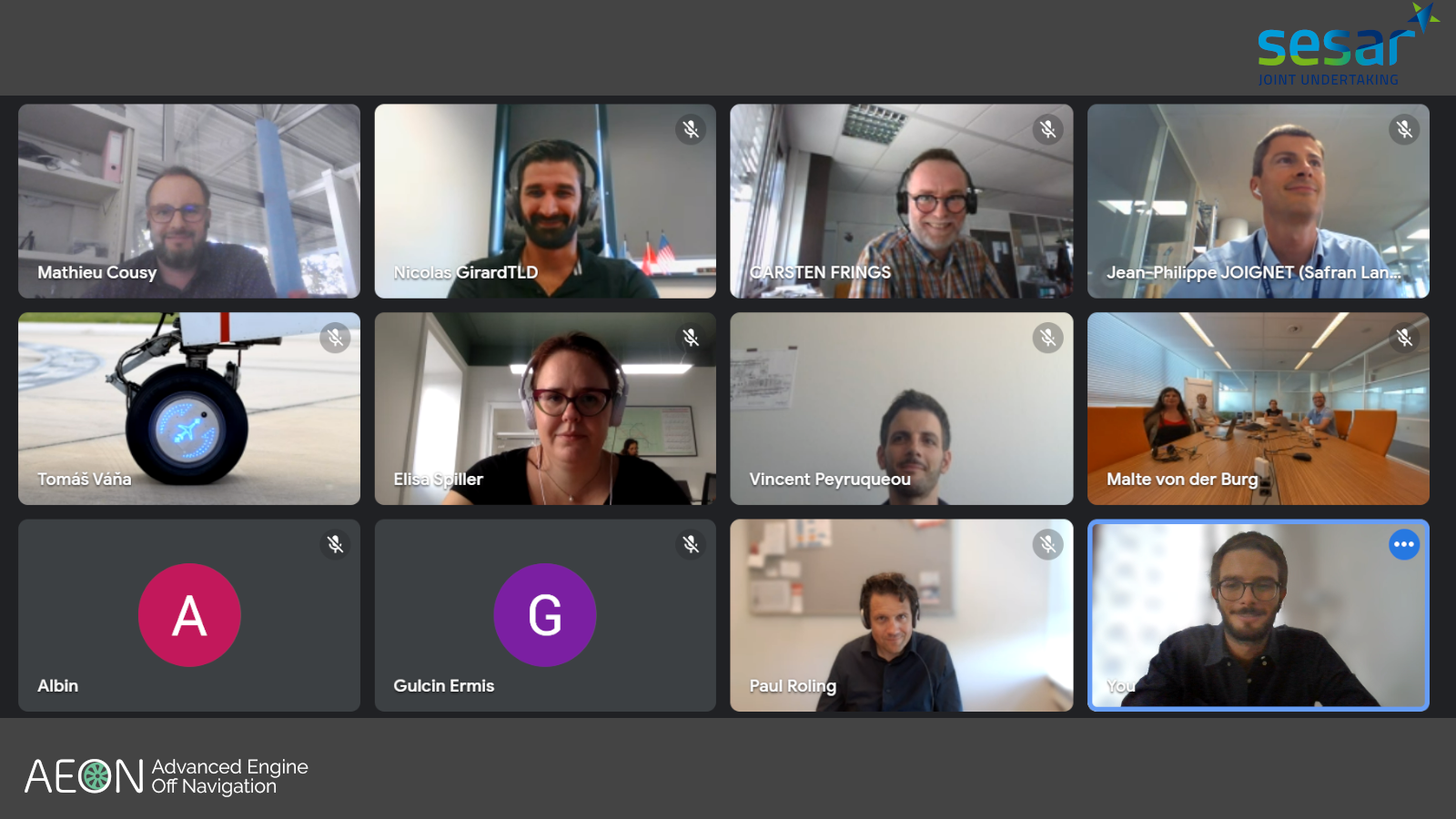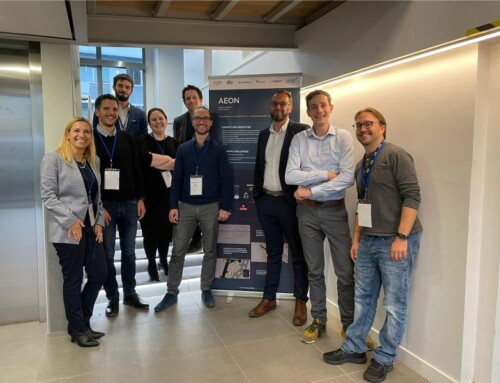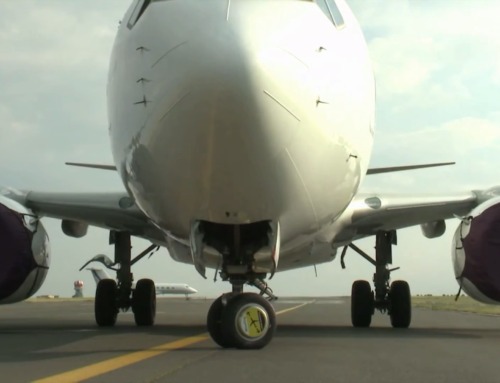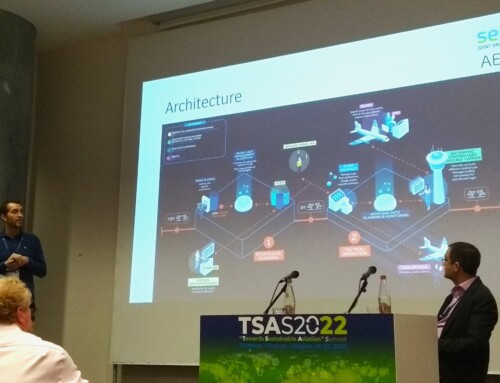We have talked several times about the validation activities of the AEON project and how the Consortium aimed to refine the concept of operations through an iterative approach. Now that the final evaluation session marks the end of the evaluation activities, the Consortium organised the Second Advisory Board meeting to present the results to the aviation industry and the participants in the validation sessions. In order to promote the use of environmentally friendly ground operations techniques, the novel solution was evaluated on several interrelated Key Performance Areas (KPAs). The primary outcomes shared with the stakeholders concerned human performance and safety assessments.
The AEON impact on human performance
The three-step process highlighted several concerns that were taken into account from one validation session to the other. The AEON concept considered all roles implied by human performance. Nonetheless, the description of the tug fleet manager (TFM) will need to be further detailed and improved to ensure the support of Ground ATCOs. Ground ATCO’s performance appeared to benefit from situation awareness concerning the TFM activity and familiarity with the designed operations. The exchange of communication between these two roles was ineffective and produced poor ATCOs’ performances, which started managing the tug vehicles even though it was not her/his responsibility. In this light, the TFM and Ground ATCO shall be considered as a team. Two additional roles concerned by the AEON operational concept are pilots and ground handling companies since the e-taxi and tug vehicle usage will modify pushback and taxiing operations. Pilots will require new skills to take over tow drivers when driving e-taxi-equipped aircraft. Similarly, tow drivers will need new competencies to operate the tug vehicles and manage the loading and unloading of the aircraft. Staffing levels for Ground ATCOs will increase to accommodate the higher demand for TFM. The same will happen for GH companies which will need to increase their staffing levels to provide more tug drivers, but on the other hand, will see a decrease in demand for towing vehicle drivers.
The impact on safety
Due to the maturity of the concept, the safety assessment was done at a high level. To avoid overlapping messages that might increase ATCO’s workload, the ATCO communication with pilots and tug drivers needs to be separated. Datalink communication may represent a means to decrease this risk related to Ground ATCO-Tug Driver communication. During the Real-Time Simulation, the right-of-way rule did not create safety issues. However, the results from previous sessions show that it could be a bias. Furthermore, in the final evaluation, it was not possible to study the physical or spatial nature of many safety hazards.
The feedback from the aviation industry was overall positive. The concept definition was clear and well balanced, and only a few minor remarks arose from the attendees. These inputs make the Consortium understand it is on the right path to make greener taxiing operations the new way to operate in the airport environment. Further work remains to be done, but in the meantime, you can catch up with the progress made by looking at the deliverables AEON will release in the following months.
Keep following us to stay always up to date!




